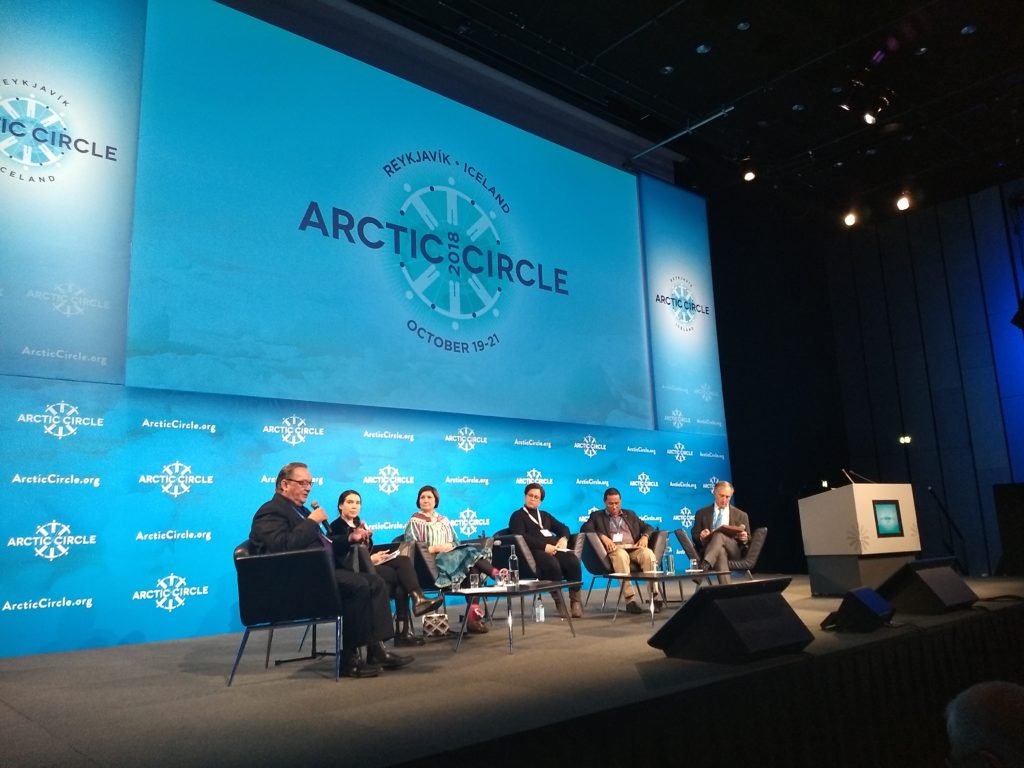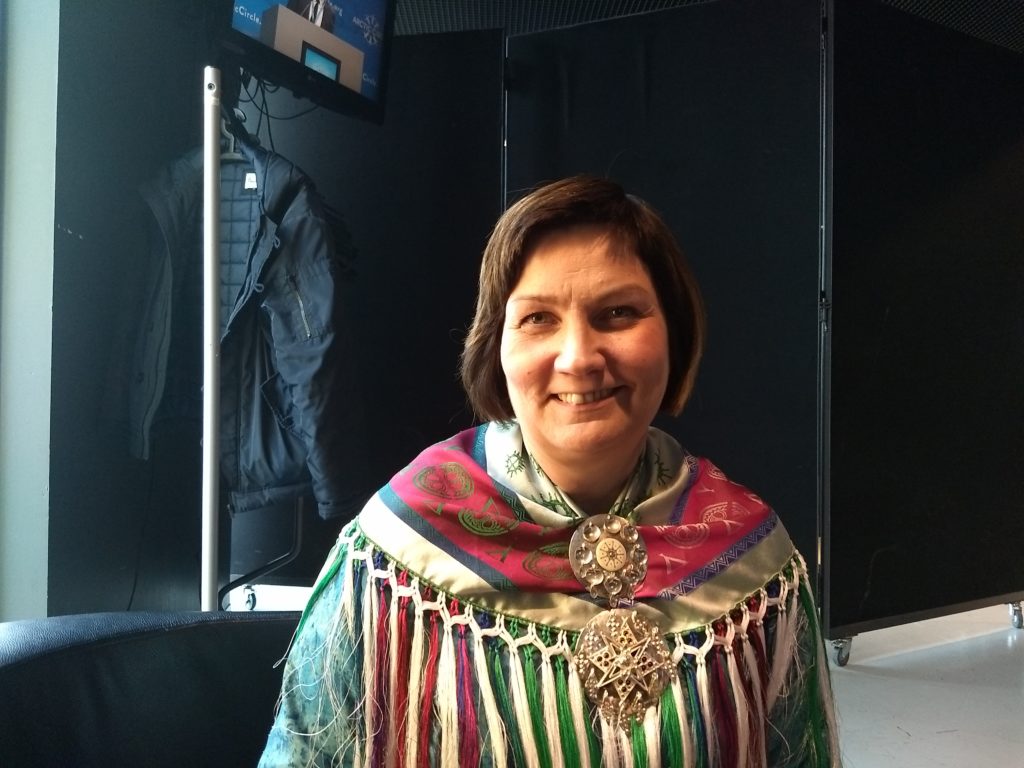The Arctic’s Indigenous peoples bear a disproportionate burden of the world’s response to climate change, leaders say
Initiatives aimed at mitigating climate impacts are being used to disrupt traditional ways of life, say Indigenous leaders, in what amounts to "green colonialism."

Climate-friendly initiatives are being used to force Arctic Indigenous peoples from their lands and livelihoods, Indigenous leaders and researchers said last month at an Arctic Circle Assembly event in Reykjavik, Iceland.
“Colonialism has dressed up in nice green finery and we are told that we have to give up our territories and our livelihoods to save the world because of climate change,” said Aili Keskitalo, the president of the Sámi Parliament.
And it isn’t just the Sámi people facing what Keskitalo calls “green colonialism,” according to panelists who spoke at the Reykjavik event.
“We are all facing the same issues,” said Kuupik Kleist, the former premier of Greenland. “Our challenges, and the huge problems that we are facing, are those of colonialism.”
Kleist became premier of Greenland two weeks before self-rule took effect in 2009. Although Greenland now has the option to secede from Denmark whenever the majority decides to, they are far from that goal, Kleist says, because of the lasting effects of colonialism.
Climate change — and the world’s response to it — add additional layers to existing burdens the Arctic’s Indigenous peoples face.
For example, in Alaska, climate change has deeply affected traditional Inupiat ways of life — and stoked opposition to exploiting oil on Inupiat land that could help communities survive.
In Sápmi, the Sámi homeland that stretches from Norway to Russia, new projects intended to reduce emissions, power green technologies, and provide clean energy include an Arctic railway, mines, and wind farms that often disrupt important reindeer migration routes and breeding grounds.
“It is land grabbing in the name of the climate,” Keskitalo said. “It is unjust.”

The railway, for example, would be a major industrial development in Sámi food-producing areas.
“So, as an Indigenous people, we not only carry the burden of climate change, but we also carry the burden of mitigation,” Keskitalo said. “And it’s a pretty heavy burden.”
Kleist pointed out that Indigenous peoples around the world are highly dependent on nature and greatly affected by its changes.
“Talking about climate change has always been a bit peculiar for us. We knew that the environment and the climate was changing long before the rest of the globe learned about it,” he said. “We could look out our windows and watch it happening.”
Kleist also took some environmental and animal-rights organizations to task.
“There’s absolutely no contradiction between exploiting the living resources and at the same time protecting the environment and the wildlife,” he said. “If you are dependent on harvesting the wildlife, your most important interest is of course to protect it.”
“Otherwise, you will cut down the tree that you are sitting on,” he said.
Subsistence hunters are often criticized for hunting whales and seals, he said. “And, you know, you pity the polar bears.”
“But what we are talking about is the people,” he said. Most of the people in the Arctic fall below acceptable standards of living, he added — even though they are citizens of the richest countries on the earth.
Keskitalo returns to a core Sámi value: “You should only take what you need.”
That concept can help the world adapt to climate change far more effectively than policies that force Indigenous peoples to abandon millennia of culture and tradition, she said.
“You should not extract everything that you could extract from nature,” she explained. “Something should stay put for future generations.”